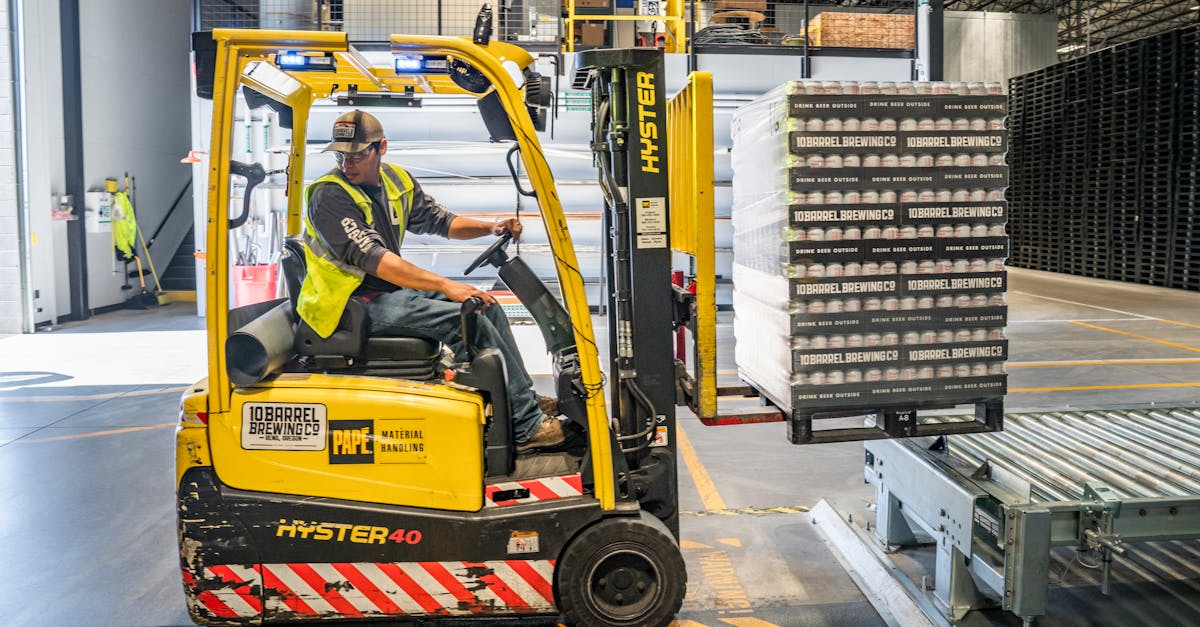Are you looking to use the power of data to predict future trends accurately? Welcome – you have now found the perfect article.
Inside of forecasting, we understand the importance of making smart decisionss based on reliable ideas.
That’s where linear regression comes into play, guiding us through the maze of data to forecast outcomes with precision.
Feeling overstimulated by the uncertainty of tomorrow’s outcomes? We’ve been there. The struggle to make sense of complex data and extract useful predictions can be scary. Our skill in linear regression enables us to find the way in through the noise and identify patterns that drive successful forecasting strategies.
As experts in the field, we know the value of using linear regression for forecasting to unpack hidden opportunities and mitigate risks. Join us on this voyage as we investigate the complexities of predictive analytics, giving you practical ideas and actionable tips to improve your forecasting capabilities. Let’s plunge into this data-driven voyage hand-in-hand.
Key Takeaways
- Linear regression is a key tool for forecasting, allowing the prediction of future outcomes based on historical data patterns.
- Forecasting is critical for decision-making processes, aiding in strategic planning, resource allocation, risk management, financial planning, and performance evaluation.
- Tough difficulties in forecasting with complex data include multicollinearity, heteroscedasticity, outliers, and non-linear relationships that require careful handling.
- Using linear regression for forecasting offers benefits such as interpretability, simplicity, and speed in predictive modeling.
- Improving forecasting capabilities involves combining linear regression with practical ideas, feature engineering, time series analysis, model evaluation, and collaboration for accurate predictions.
Understanding Linear Regression
When it comes to forecasting, linear regression is a key tool that helps us evaluate the relationship between variables. It enables us to predict future outcomes based on historical data patterns. By fitting a line to the data points, we can identify the trend and correlation between the variables involved.
In linear regression, we aim to minimize the sum of squared errors between the observed values and the values predicted by the model.
This process allows us to estimate the coefficients of the predictive equation and make accurate forecasts.
The linearity assumption in linear regression asserts that the relationship between the independent and dependent variables is linear.
This simplifies the forecasting process and provides a clear interpretation of the results.
When applying linear regression for forecasting, it’s critical to assess the assumptions of the model, such as normality of residuals and homoscedasticity.
By ensuring these assumptions are met, we can make reliable predictions and improve our forecasting accuracy.
To investigate more into the concept of linear regression and its application in forecasting, you can investigate this detailed guide on Linear Regression in Forecasting.
Importance of Forecasting in Decision Making
Forecasting plays a huge role in decision-making processes.
It provides us with useful ideas and assists in setting realistic goals based on historical data patterns.
Here are a few key reasons why forecasting is critical in decision-making:
- Strategic Planning: Forecasting helps us anticipate future trends and plan our strategies accordingly.
- Resource Allocation: By forecasting future demand or sales, we can efficiently allocate resources and optimize operations.
- Risk Management: Forecasting enables us to identify potential risks and uncertainties, allowing for proactive risk management strategies.
- Financial Management: Accurate forecasts aid in budgeting, financial planning, and making informed investment decisions.
- Performance Evaluation: Forecasting assists in evaluating the performance of projects or initiatives against projected outcomes.
Using forecasting techniques like linear regression improves our ability to make smart decisionss that are data-driven and matched organizational objectives.
For further ideas on the role of forecasting in decision-making, you can investigate this detailed guide on Strategic Forecasting and Decision Making.
This section highlights the indispensable nature of forecasting in driving smart decisions-making processes and exploring the complexities of modern business environments.
Tough difficulties in Forecasting with Complex Data
When it comes to forecasting with complex data, we encounter several tough difficulties that can impede the accuracy of our predictions.
These problems often stem from the complex nature of the data we are looking at and require adept handling to ensure the reliability of our forecasts.
Some of the key tough difficulties we face include:
- Multicollinearity: In situations where predictor variables are highly correlated, multicollinearity can distort the results of our linear regression models, leading to inaccurate forecasts.
- Heteroscedasticity: The presence of unequal variances in the errors of our data points can violate the assumptions of linear regression, impacting the precision of our forecasts.
- Outliers: Outliers, or extreme data points, can significantly influence the regression line and skew our predictions, making it important to identify and address them appropriately.
- Non-linear Relationships: When our data exhibits non-linear patterns, traditional linear regression may not capture the complexities of the relationships, affecting the quality of our forecasts.
Exploring these tough difficulties requires a slight understanding of statistical techniques and diligent data preprocessing to ensure the strongness of our forecasting models.
By addressing these problems effectively, we can improve the accuracy and reliability of our forecasts in the face of complex data views.
For further ideas on tackling these tough difficulties, you can refer to this informative article on forecasting with complex data.
Using Linear Regression for Forecasting
When Using Linear Regression for Forecasting, we focus on establishing a relationship between the independent variable (predictor) and dependent variable (outcome).
This method assumes a linear relationship and is a key technique in predictive modeling.
Benefits of Linear Regression for Forecasting:
- Interpretability: Linear regression provides a clear understanding of the impact of predictor variables on the outcome.
- Simplicity: It is straightforward and easy to carry out, making it a popular choice for forecasting models.
- Speed: Linear regression models are computationally efficient, enabling quick predictions for large datasets.
- Assumption of Linearity: Ensuring that the relationship between variables is linear for accurate predictions.
- Outlier Detection: Identifying and addressing outliers that can skew the model’s results.
- Feature Selection: Choosing relevant predictors to improve the forecasting accuracy.
Incorporating linear regression into forecasting models requires adequate data preprocessing to ensure the model’s reliability and predictive performance.
By understanding the subtleties of linear regression and its application in forecasting, we can improve the accuracy of our predictive models.
Improving Forecasting Capabilities with Practical Ideas
When it comes to forecasting, it’s critical to combine Linear Regression with practical ideas to achieve accurate predictions.
We need to explore more into the data, understand the underlying trends, and use domain knowledge to refine our forecasts.
Here are some key ways to improve our forecasting capabilities:
- Feature Engineering: We should carefully select and engineer features that have a significant impact on our predictions.
- Time Series Analysis: By looking at historical data trends, seasonality, and patterns, we can improve the accuracy of our forecasts.
- Model Evaluation: Regularly evaluating our models’ performance and fine-tuning them ensures reliable forecasting results.
- Collaboration: Working closely with domain experts can provide useful ideas that improve the quality of our forecasts.
Continuous learning and adaptation are important in refining our forecasting models.
By incorporating practical ideas into our analysis, we can improve the precision and reliability of our predictions.
For more detailed information on improving forecasting capabilities, check out this insightful article on forecasting best practices.




